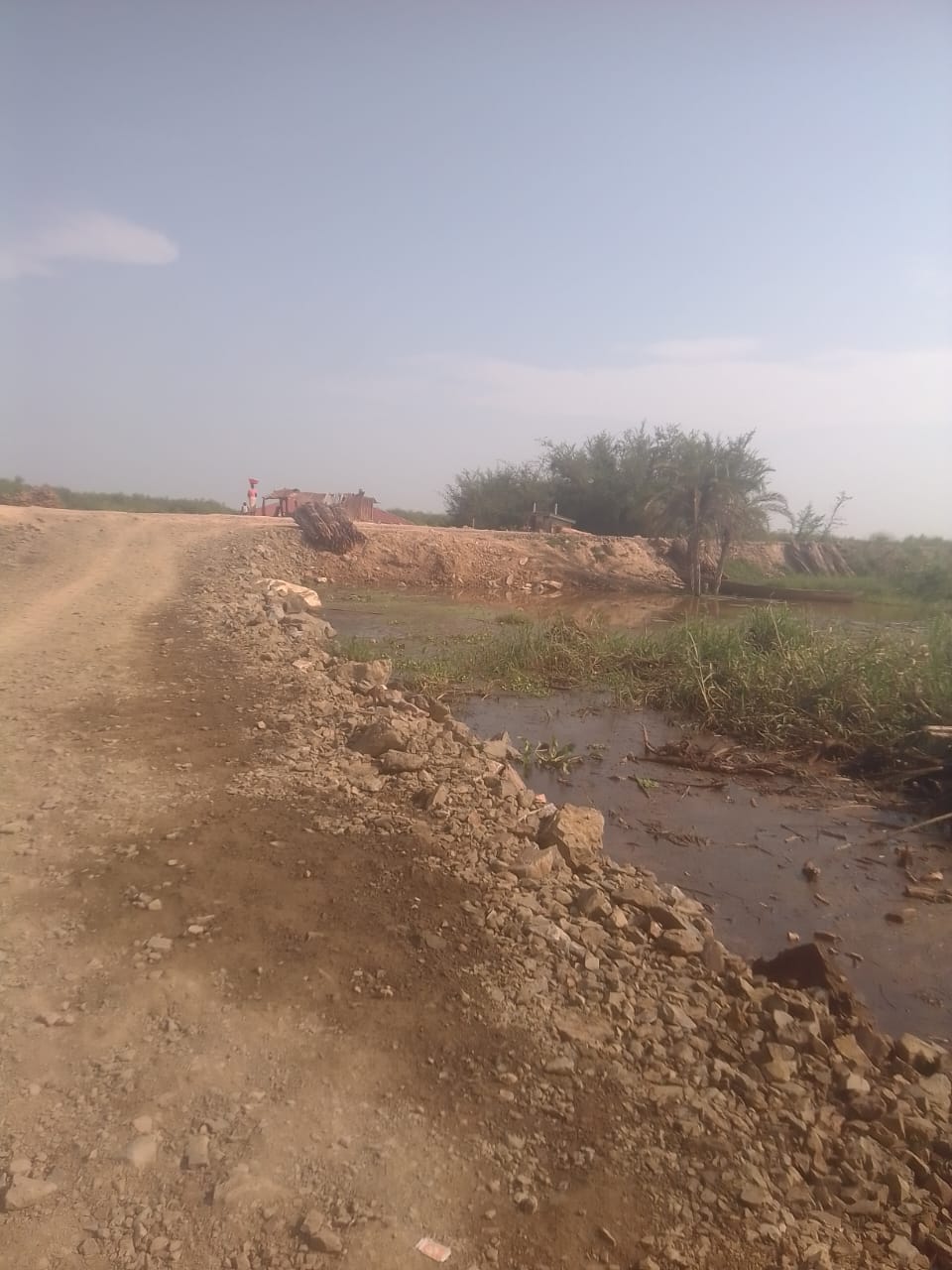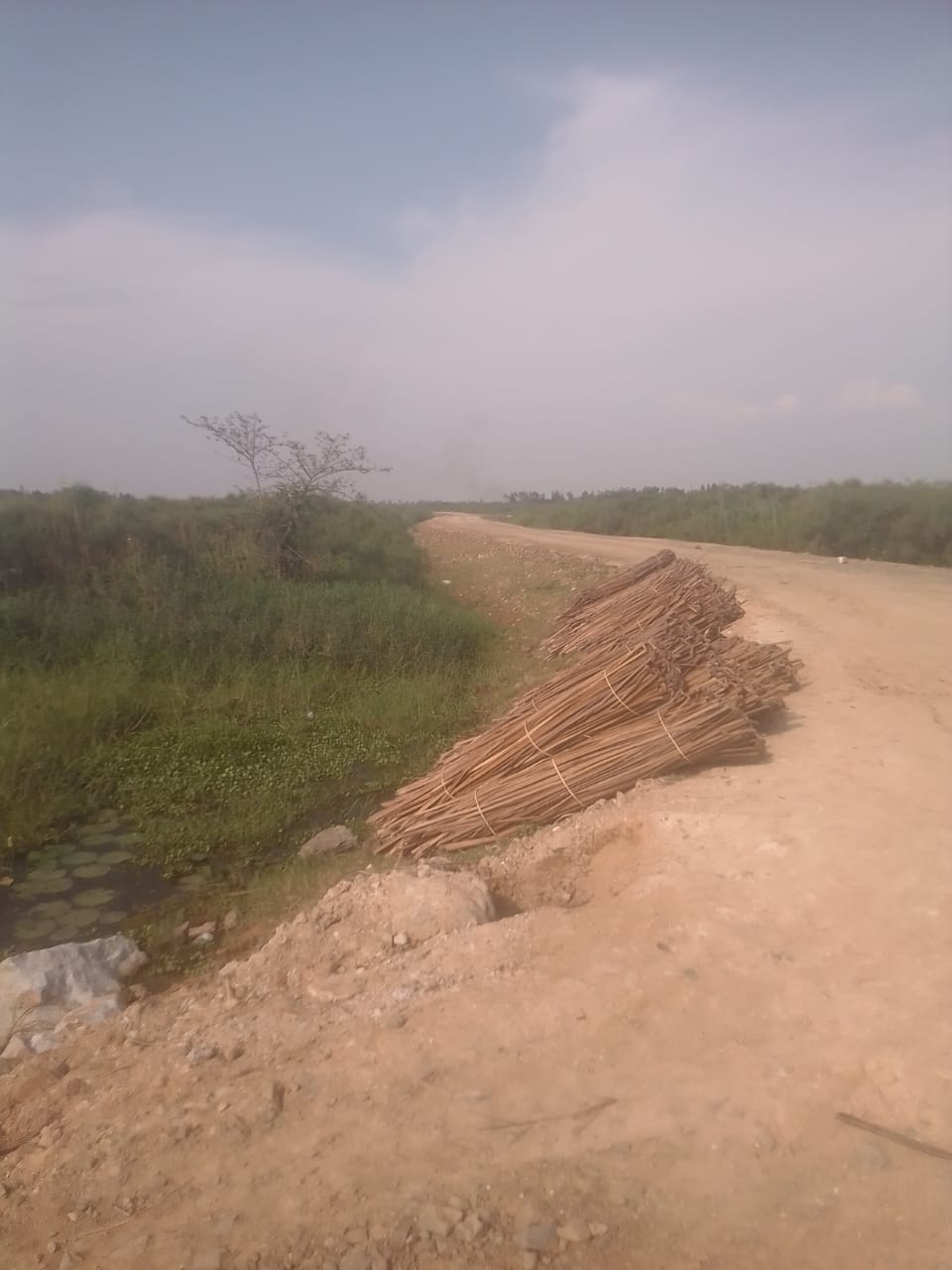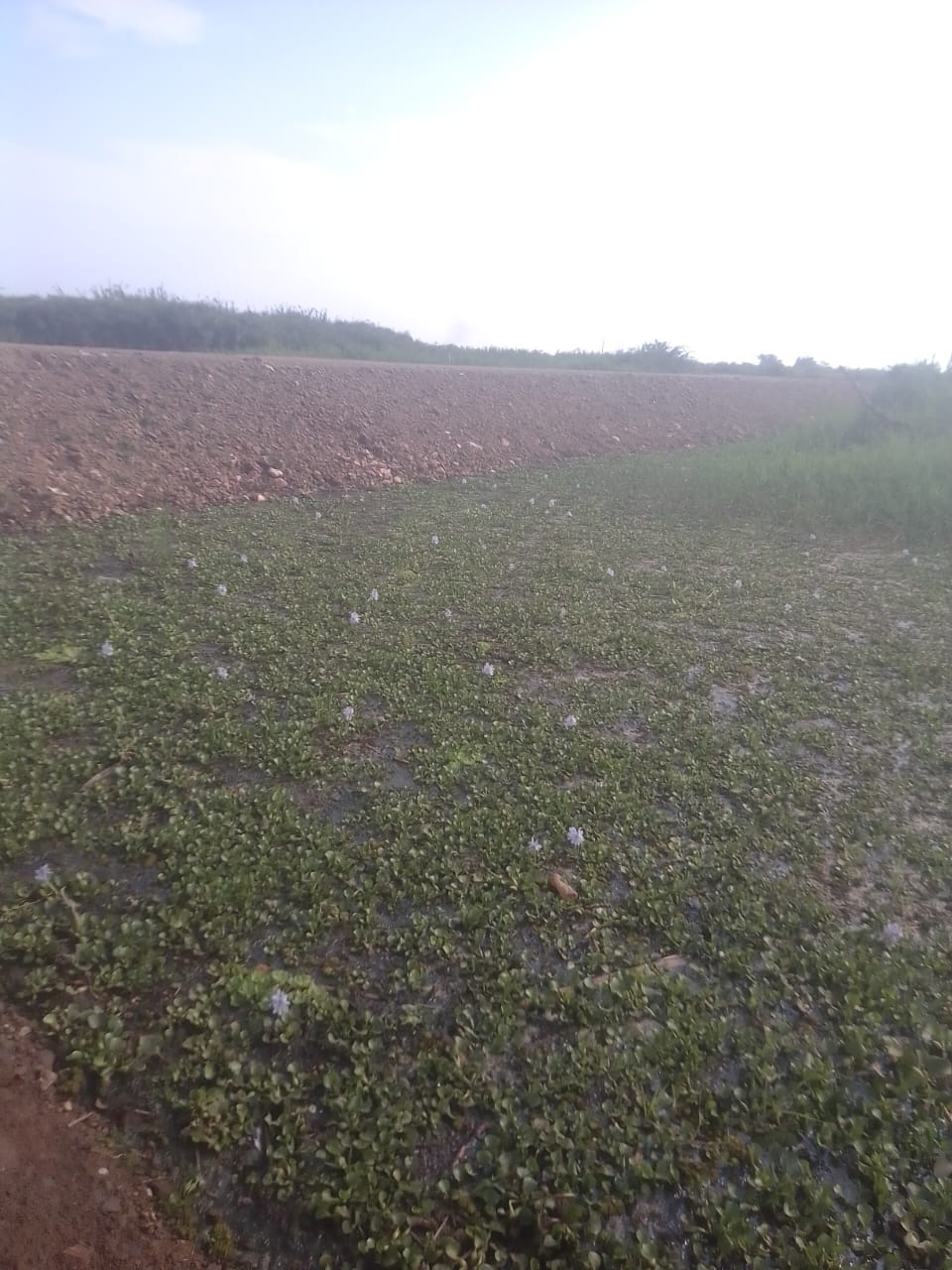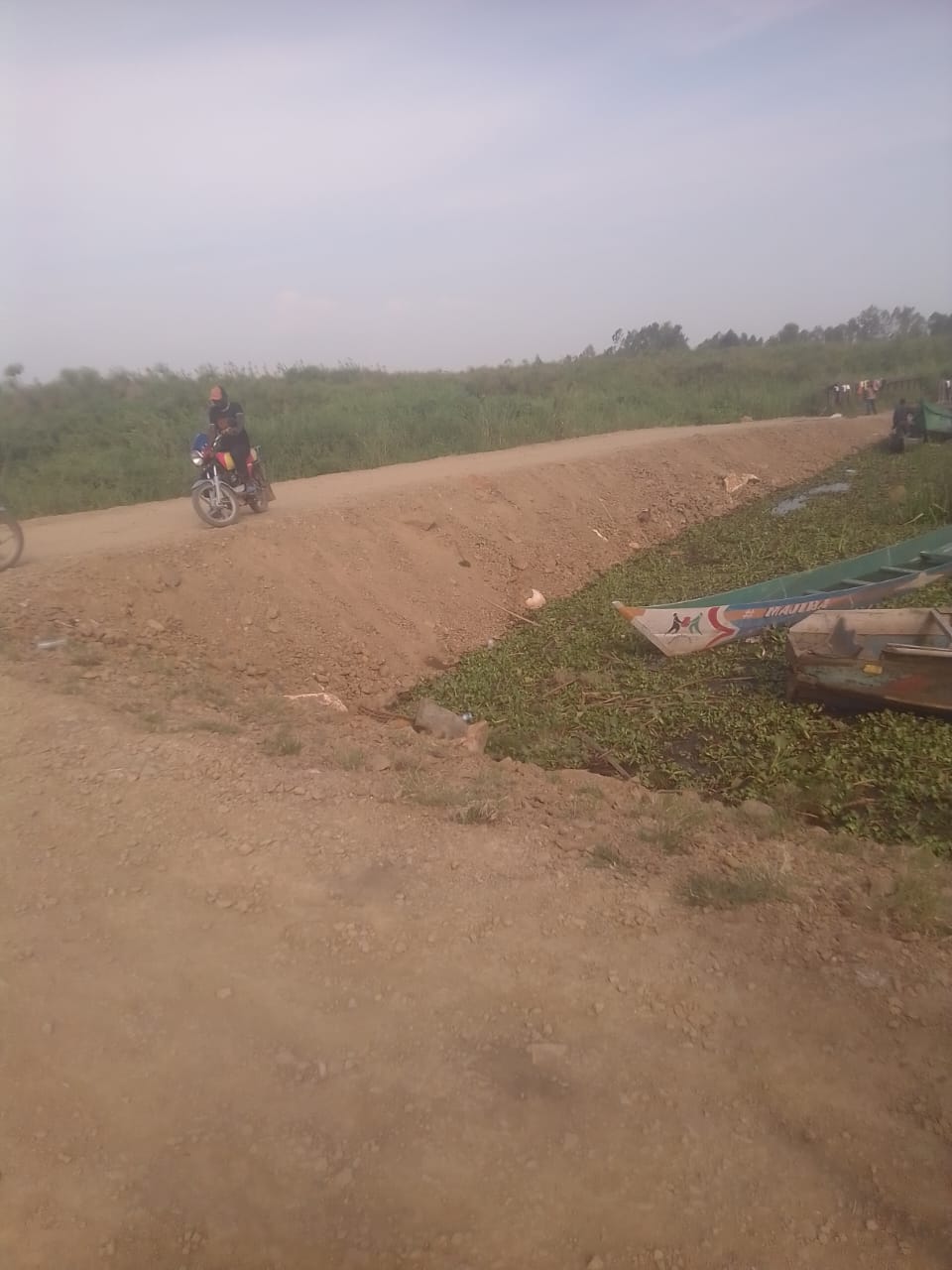
Floods wreak havoc in Nairobi, roads blocked
Many motorists are finding it hard to navigate their way home.
The project has brought renewed hope to a region long plagued by seasonal flooding
In Summary

Audio By Vocalize

The once flood-ravaged community of Budalang’i is breathing
a sigh of relief following the successful completion of Phase Two of the River
Nzoia-Musoma dyke extension by the National Water Harvesting Authority (NWHA).
The project, overseen by CEO Julius Mugun, has transformed the lives of thousands, bringing renewed hope to a region long plagued by seasonal flooding.
Among the key beneficiaries of the dyke system are Musoma Primary and Secondary Schools, Mabinju and Mau Mau fish bandas, Musoma Shopping Centre, and local churches, including the AIC Church Musoma.
These institutions, once perennially submerged during heavy rains, are now fully operational, serving as vital hubs for education, commerce, and worship.
“This area was severely affected by floods, especially in 2019,” said resident Felix Chitoma.
“Homes were destroyed, schools shut down, and families were displaced. Now, thanks to the dykes, life is returning to normal.”
A visit to the area revealed a revived community.

Children were seen playing in the schoolyards, local markets bustled with activity, and farmers tended to their crops, an encouraging shift from the devastation witnessed just a few years ago.
Residents were quick to credit the NWHA for the turnaround.
“We know it is the NWHA that did the dykes,” said Chitoma.
“They’ve cordoned off the Mau Mau area from the floodwaters. It’s a major relief for us.”
The ripple effects have been profound.
Farmers who had once abandoned their fields are now planting again.
Families who had been forced to seek refuge in makeshift camps have returned home.
Sanitation has improved, with organisations like Red Cross, Water Mission, Child Fund, and WASH constructing toilets and providing other essential support.
With more residents now having access to latrines, the risk of waterborne diseases has significantly decreased.
“Before the dykes, flooding was so bad we had to buy land just to bury our dead,” Chitoma said.
“Now, we live with dignity.”

Dismus Musebe, a local fisherman and farmer, noted the economic revival brought on by the project.
“People now have incomes again. We can farm, fish, and earn money,” he said.
“The NWHA has helped protect us from the backflow of Lake Victoria and flooding from River Nzoia. We’re grateful.” He said.
As Budalang’i continues to rebuild, the dyke project stands as a testament to what effective infrastructure can achieve in flood-prone areas.
For residents, it’s not just a barrier against water; it’s a bridge to a better future.
National Water Harvesting & Storage Authority was established by the Water Act 2016 with a mandate to undertake, on behalf of the national government, the development of national public water works for water resources storage and flood control.
Currently, it's headed by CEO Julius Mugun.


Many motorists are finding it hard to navigate their way home.